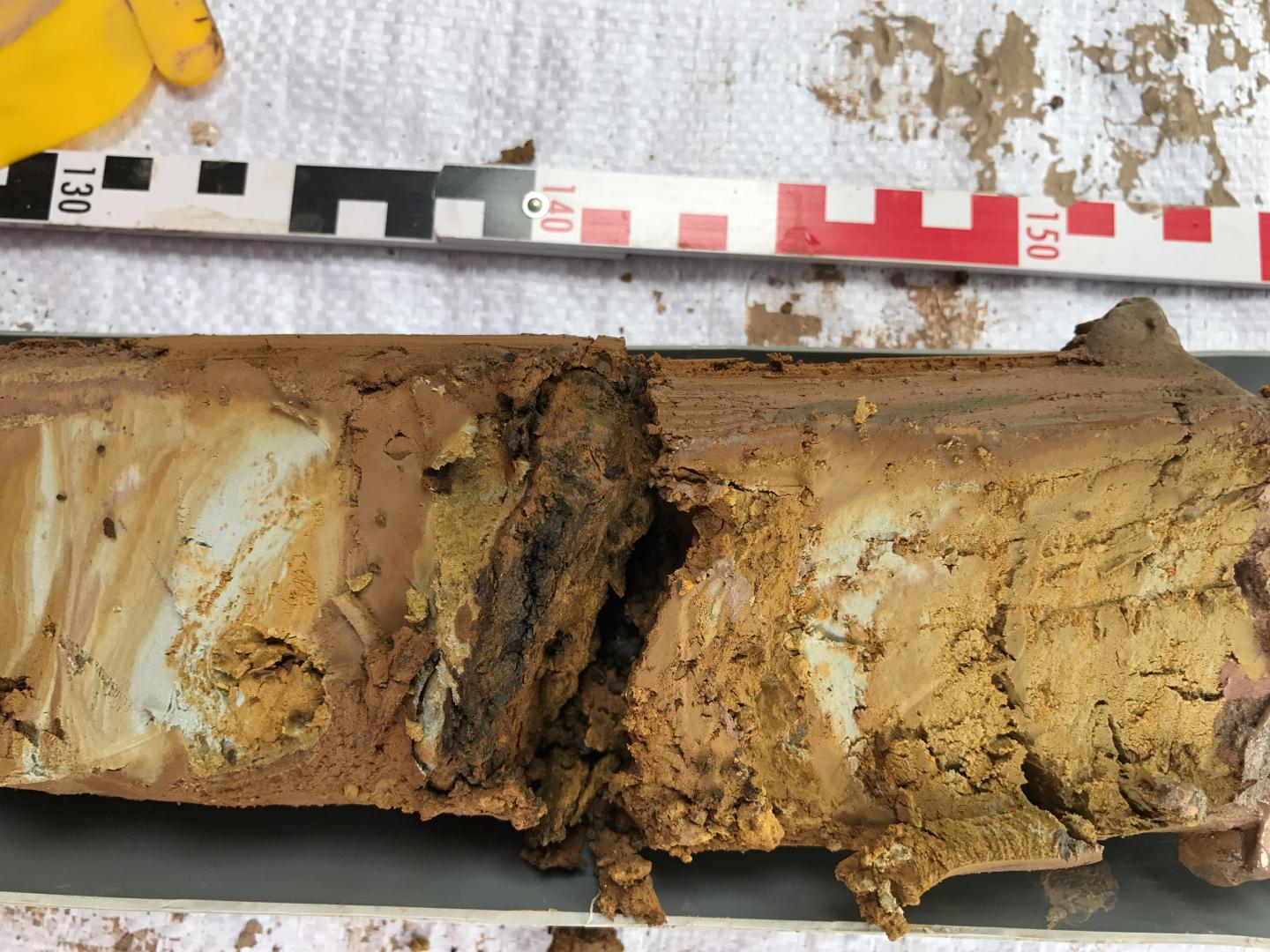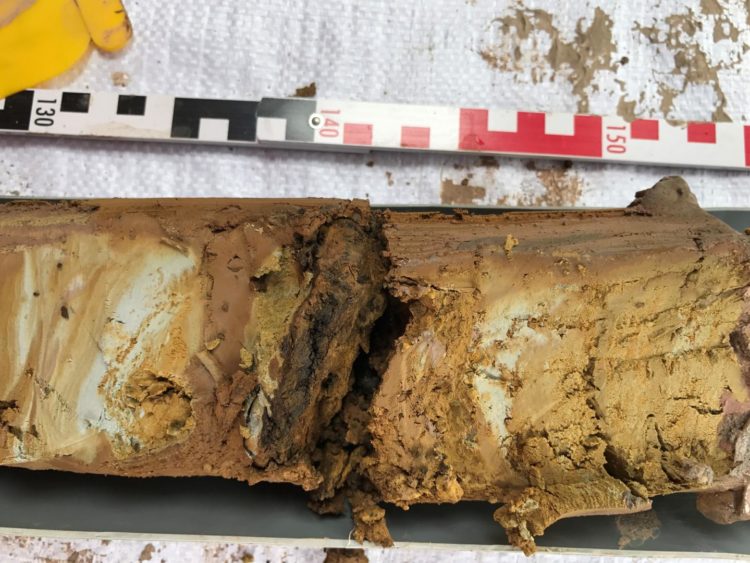
Credit: Andreas Kappler
Millions of people worldwide consume water contaminated with levels of arsenic that exceed those recommended by the World Health Organization. This could cause health problems, such as arsenic poisoning, cardiovascular disease and cancer. Microbes in groundwater release arsenic from sediments, and organic matter helps fuel this reaction. Now, researchers reporting in ACS’ Environmental Science & Technology have discovered that the type of natural organic matter (NOM) influences the rate and level of arsenic release.
Arsenic occurs naturally in the minerals that make up aquifer sediments. Some species of bacteria can dissolve arsenic- and iron-containing minerals, releasing arsenic into the water. Scientists have tried to simulate this process in the lab by using simple carbon sources, such as acetate and lactate, as food for arsenic-freeing bacteria. However, NOM in groundwater contains more complex carbon sources, such as plant-derived organic matter, amino acids and carbohydrates. Andreas Kappler and colleagues wanted to study how NOM from actual aquifer sediments near the village of Van Phuc, Vietnam (where groundwater is contaminated with high levels of arsenic), influenced arsenic release.
In the field, the team collected sediment samples from the aquifer as far down as 150 feet below ground level. They found more total NOM, and more complex molecules within that NOM, from upper clayey silt layers than from lower sandy sediments. Back in the lab, the researchers placed arsenic-containing minerals and simulated groundwater in test tubes. Then, they added acetate/lactate or NOM from the two layers. At first, they found that acetate/lactate caused bacteria in the sediments to release more arsenic than when they added NOM from the clayey silt or sandy layers. However, after 100 days, the tubes with NOM from the two aquifer layers contained more dissolved arsenic, as well as more diverse microbial communities, than those containing lactate/acetate. Although NOM from the aquifer caused bacteria to release arsenic more slowly than the simple carbon sources, over time it could help free the same amount of or even more arsenic, the researchers say.
###
The authors acknowledge funding from the Deutsche Forschungsgemeinschaft, the Institutional Strategy of the University of Tübingen, the Collaborative Research Center CAMPOS and an Emmy Noether Programme.
The paper’s abstract will be available on March 11 at 8 a.m. Eastern time here: http://pubs.
The American Chemical Society (ACS) is a nonprofit organization chartered by the U.S. Congress. ACS’ mission is to advance the broader chemistry enterprise and its practitioners for the benefit of Earth and its people. The Society is a global leader in providing access to chemistry-related information and research through its multiple research solutions, peer-reviewed journals, scientific conferences, eBooks and weekly news periodical Chemical & Engineering News. ACS journals are among the most cited, most trusted and most read within the scientific literature; however, ACS itself does not conduct chemical research. As a specialist in scientific information solutions (including SciFinder® and STN®), its CAS division powers global research, discovery and innovation. ACS’ main offices are in Washington, D.C., and Columbus, Ohio.
To automatically receive news releases from the American Chemical Society, contact [email protected].
Follow us: Twitter | Facebook
Media Contact
Katie Cottingham
[email protected]
301-775-8455





